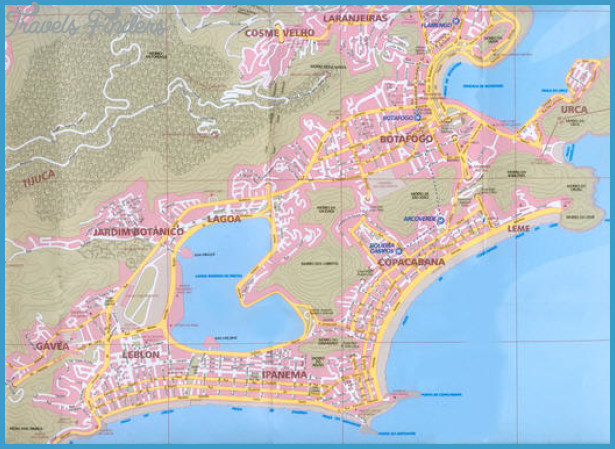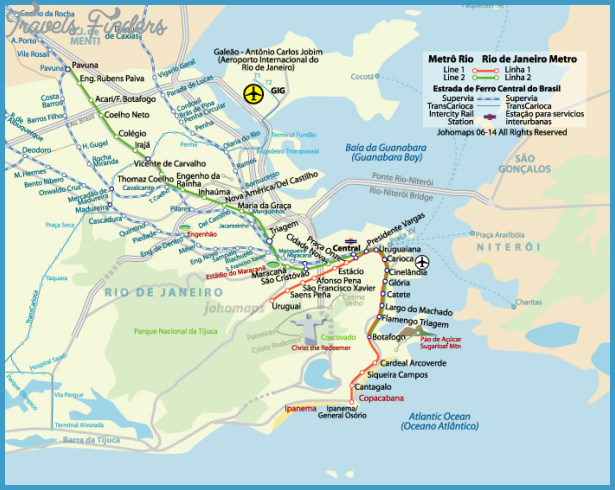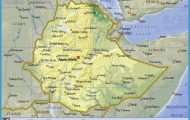Croce-Spinelli and Sivel Joseph Croce-Spinelli
Joseph-Eustache Croce-Spinelli was a pioneering aeronaut. He had already accomplished a number of lofty assents when, on April 15, 1875, along with fellow aeronaut Gaston Tissandier and assistant Henri-Theodore Sivel, he attempted to break the world altitude record for a balloon. That record (variously described at between 8,800 meters and 11,887 meters (39,000 feet)) had been established in 1862 by English aeronauts Henry Tracey Coxwell and James Glaisher. Croce-Spinelli, Sivel and Tissandier launched their balloon Zenith, from La Villette, a suburb of Paris. One account says the men had been warned by a physiologist named Paul Bert about the necessity to carry oxygen at such a great altitude, but they either ignored or failed to heed his advice. Another report says that the men carried oxygen but only a 6-minute supply, which was hardly enough. Previously, in 1874 Croce-Spinelli and Sivel had ascended to 7,300 meters (24,000 feet) and were surely aware how thin the air was even at that much lower altitude.
According the one account, Tissandier, the lone survivor, reported that all 3 checked their pulse and respiratory rate at 16,000 feet and that, basically, they were unfit to fly (indeed, Tissandier’s notes were illegible). However, they all breathed in oxygen and agreed to go higher. Much higher. The balloon soared to 26,000 feet, but by that time all three had lost consciousness. Miraculously, Tissandier regained consciousness a half-hour later as the balloon was rapidly descending and threw off ballast to slow the descent. Unfortunately, the balloon only went higher, this time to 28,000 feet. Tissandier was just barely conscious and his companions were probably already dead. Tissandier passed out again, but this time for approximately 90 minutes, awaking just as the balloon was about to hit the ground. Luckily, he had just enough sensibility and strength to throw out the anchor. Croce-Spinelli and Sivel were dead, their faces black and their mouths full of blood. Tissandier was alive but rendered deaf. Croce-Spinelli and Sivel were buried at Pere-Lachaise in a well-attended ceremony, and on May 5 a public subscription commissioned a tomb for them to be sculpted by Alphonse Dumilatre. Dumilatre sculpted them with their hands clasped together, which is how they were found.
Undeterred by the tragedy, Tissandier continued flying and lived another 25 years. He is buried in Division 27 (see here).
The Unfolding of Economy and Society, 17201790 Even in the seventeenth century, the coarse commerce of piracy was not the only economic activity on Saint-Domingue. Rio de Janeiro Subway Map The settlers cultivated land for self-supply and also grew tobacco for sale. This crop was encouraged by the authorities, but around 1720 the growing of tobacco was ousted by a modern plantation economy. The main product was sugar. Saint-Domingue contributed the lion’s share of sugar production to the annual yield of about 65,000 tons, which put the French colonies ahead of the British, making them the market leaders around 1760. At first, indigo took second place in Saint-Domingue’s foreign trade. By the 1780s, output had stagnated and the dyestuff had fallen back to third place, but Saint-Domingue still provided about 1,000 tons, or half of the world’s production. A rapid extension of coffee cultivation between 1765 and 1780 more than tripled the annual yield to nearly 40,000 tons, or two-thirds of the world’s produce. Cacao also was grown until about 1740, and cotton became a fourth major product of Saint-Domingue, with about 500 tons in the late 1760s and 1,000 tons around 1790.
















